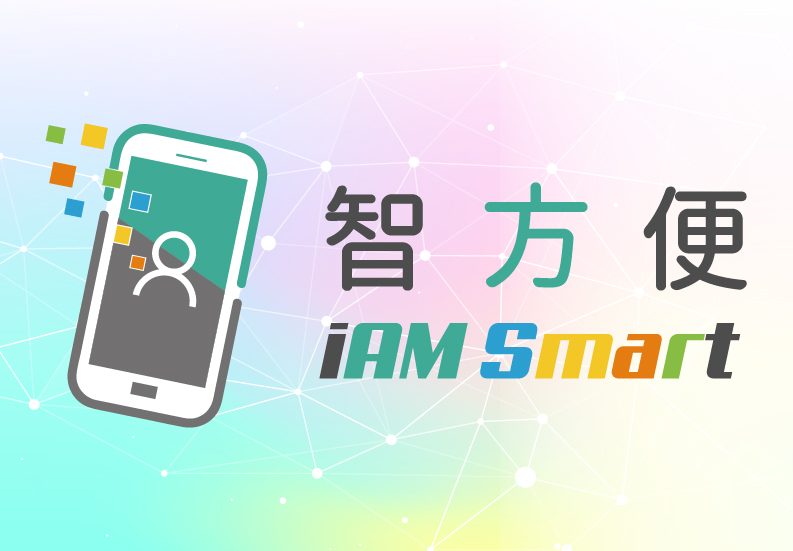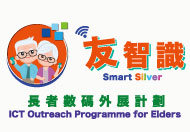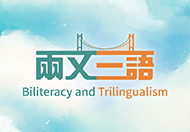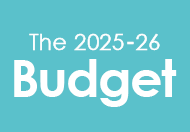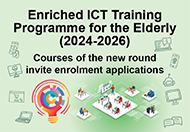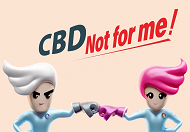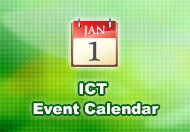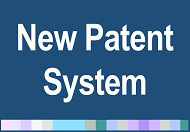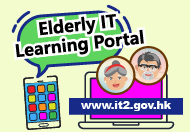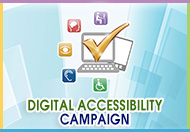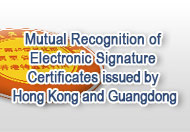1. Introduction
According to the telecommunications statistics published by the Office of the Communications Authority, the local mobile penetration rate exceeds 323.7% with near 25 million 2.5G/3G/4G/5G mobile subscribers as at February 2024. Mobile communications have become ubiquitous, reaching out to all segments of the community, including persons with disabilities.
Internet and mobile computing bring much convenience to most people. However, some may have a wrong perception that persons with disabilities, especially those visually impaired, are unable to use mobile devices and mobile applications. Many mobile application developers are even not aware of the special needs of the disability groups in using mobile devices. In fact, more and more persons with disabilities are using touch screen mobile devices nowadays. Mobile devices and applications enable them to use Information and Communications Technology (ICT) anytime and anywhere more effectively, live more independently and participate fully in the society.
1.1 Accessibility of Mobile Applications
Given a high degree of penetration, mobile communications are opening up new channels of doing businesses and mobile platform become an ideal platform for delivering a wide range of applications and services. Therefore, making mobile applications accessible not only benefits the persons with disabilities but also helps organisations fulfilling legal responsibility note 1 , building corporate image and widening customer base. Opportunities arise for enterprises and organisations to develop accessible applications on mobile platform in order to harness the technology innovation as well as the fast growing digital economy. It is necessary for mobile application owners and developers to know about the accessibility requirements of mobile applications and the diversified needs of different segments of the community.
1.2 Mobile Applications
Mobile applications are software applications designed to run on mobile devices such as smartphones and tablets. Mobile applications can be divided into three types, namely native apps, web apps and hybrid apps. Differences among them are as follows -
- A native app is a downloadable software application which is platform specific and can be used offline, in most circumstances. Native apps need to be downloaded from the market places and installed on a mobile device before running.
- A web app is an Internet-based application which has to be launched by a mobile device’s browser. As the source files are stored on a server, Internet connection is required but downloading or installation is not necessary.
- A hybrid app is a combination of native app and web app. It is built using open web standards such as HTML5, CSS and JavaScript. Like native apps, hybrid apps are required to be downloaded and installed on the mobile devices.
Mobile applications are usually referred to as native apps or hybrid apps which require downloading and installation on a mobile device.
1.3 Mobile Application Accessibility Handbook
This Handbook is designed for mobile application owners and developers. It is based on the Web Content Accessibility Guidelines 2.2 (WCAG 2.2) promulgated by the World Wide Web Consortium (W3C) and feedbacks collected from the local disability groups. This Handbook covers the basic concept and best practices in making mobile applications accessible to persons with disabilities. These best practices are categorised into two accessibility levels, namely Baseline level and Advanced level.
- Baseline level : Best practices described at this level are considered basic and essential features for persons with disabilities to access and understand the content in mobile applications. For mobile applications to attain the Baseline level, all the best practices at this level must be adopted.
- Advanced level : Best practices described at this level are considered desirable features to further enhance the user experience for persons with disabilities to access the mobile applications. For mobile applications to attain the Advanced level, all the best practices at this level cum the Baseline level must be adopted.
To enable persons with disabilities to use mobile applications, organisations should ensure the mobile applications must attain the Baseline level at a minimum. Nevertheless, organisations are encouraged to attain the Advanced level in their mobile applications, where appropriate, in providing a better user experience.
For the implementation details regarding different mobile operating systems, please refer to the prevailing accessibility technical guidelines of the corresponding platforms. Reference links are provided in Section 6 – Related Resources.
Note 1: The Disability Discrimination Ordinance (Cap 487) has created a legal duty for organisations to ensure their services are available to everyone regardless of disability. This principle is applicable to information and services provided through mobile applications and websites.










